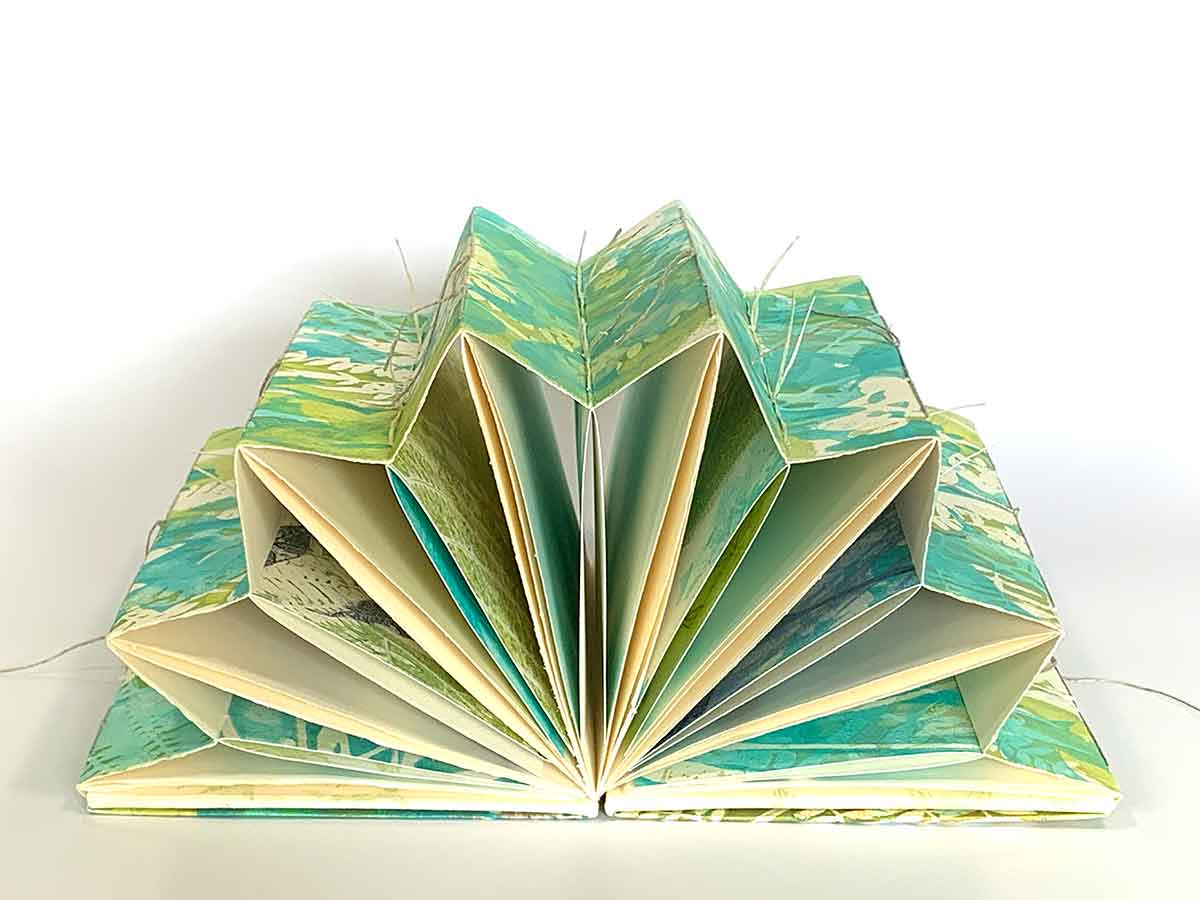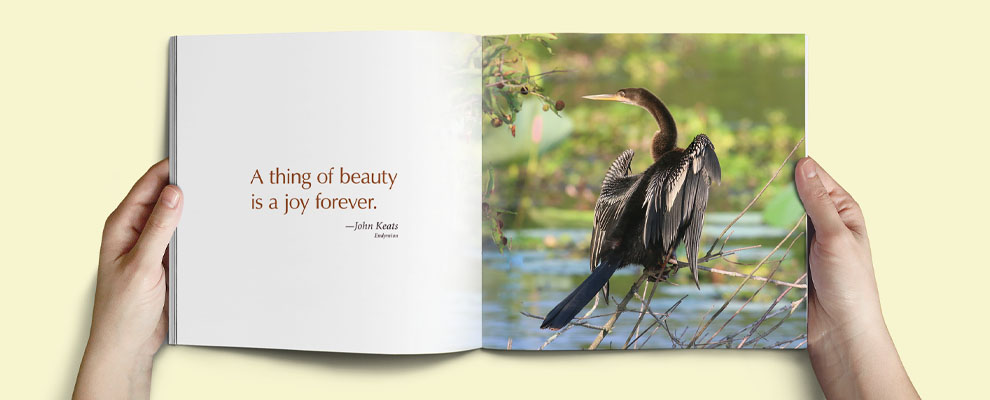Frequently Asked Questions About Printing an art book Answered
Frequently Asked Questions About Printing an art book Answered
Blog Article
Discover the Necessary Guide to Art Book Printing for Aspiring Artists and Publishers
As an ambitious artist or publisher, understanding the subtleties of art book printing is vital to bringing your vision to life. You'll require to take into consideration various aspects, from picking the appropriate type of book to guaranteeing shade precision and selecting ideal products. Each decision impacts the end product substantially. So, what are the crucial elements you should concentrate on to create a spectacular art book that genuinely represents your work?
Comprehending Various Kinds of Art Books
When you plunge into the world of art publications, you'll swiftly find that they can be found in numerous types, each customized to different artistic expressions and target markets. Coffee table books often showcase stunning visuals, ideal for casual surfing, while essays dive deep right into a private artist's work, supplying context and insights. If you want certain art movements, exhibition brochures provide in-depth paperwork of programs, including essays and critiques.
For training objectives, art handbooks and technique books assist you through different mediums and designs, making them crucial for striving artists. Each format serves its purpose, and understanding their distinctions can boost your art book trip.
Picking the Right Paper and Materials
Choosing the right paper and materials can greatly impact the total high quality and feeling of your art book. Start by thinking about the kind of artwork you have. For vivid shades and detailed details, choose for a glossy finish or a heavyweight matte paper that boosts visual depth. If your job includes softer tones or appearances, an all-natural or uncoated paper can offer a cozy, welcoming touch.
Consider the weight of the paper, too. Thicker options commonly offer an even more specialist look, while lighter papers can lower printing prices. Do not forget the binding products; a strong cover can protect your pages and contribute to guide's visual.
Lastly, think about sustainability. Environmentally friendly options are gaining popularity and can reflect your worths as a musician. By very carefully picking your paper and products, you'll assure that your art book not only looks fantastic however also really feels special in the hands of your viewers.

Choosing the most effective Printing Strategies
When it pertains to publishing your art book, selecting in between balanced out and electronic printing can significantly affect your last product. You'll additionally wish to think about how paper top quality impacts the total look and feel of your artwork. Allow's explore these crucial printing strategies to discover the very best fit for your job.
Balanced Out vs. Digital Printing
While both balanced out and digital printing have their benefits, choosing the appropriate method for your art book can considerably influence the final product. Balanced out printing uses top quality images and vivid colors, making it optimal for larger print runs. Inevitably, your choice ought to line up with your creative vision and distribution strategy, guaranteeing that your art book shows the quality you desire.
Paper High Quality Considerations
Picking the right paper top quality can considerably enhance the visual appeal and responsive experience of your art book. Begin by considering the weight and appearance of the paper. Heavier paper typically really feels even more elegant and can better showcase dynamic colors and complex details. For prints, a glossy finish can make images pop, while a matte finish supplies a softer, a lot more refined appearance. Don't forget concerning the paper's illumination; brighter sheets can improve shade precision and comparison.
Following, think of the sustainability of your choice. Eco-friendly options are coming to be increasingly popular and can attract environmentally-conscious readers. Request examples to see just how various documents function with your artwork, guaranteeing the final product mirrors your vision perfectly.
Guaranteeing Shade Precision in Your Prints
To achieve spectacular prints, you require to concentrate on color accuracy from the beginning. You'll desire to utilize color calibration techniques to confirm your display and printer remain in sync. In addition, proofing your work before the final print run can aid capture any type of disparities, ensuring your art looks equally as you envisioned.
Color Calibration Strategies
Assuring shade accuracy in your prints begins with effective color calibration strategies that aid keep uniformity in between your digital photos and final published items. Calibrate your screen making use of hardware calibration tools to attain the ideal shade depiction. This verifies that what you see on-screen suits what gets printed. Next off, select a color account suited for your printing process, like CMYK for print materials. Frequently check your printer's settings and keep it to stay clear of shade changes. It's likewise crucial to make use of high-grade paper that complements your inks, as different surface areas can substantially impact shade result. By continually applying these methods, you'll enhance the total quality of your art prints and much better convey your artistic vision.
Proofing for Accuracy
While you could assume your digital images are prepared for print, proofing is important for achieving shade precision. Prior to devoting to a complete print run, always ask for a proof from next page your printer. This permits you to see just how colors convert from display to paper. Compare the evidence with your adjusted monitor to identify any discrepancies. Focus on saturation, brightness, and color, as these elements can dramatically affect your end product.
If modifications are required, interact clearly with your printer about your preferred outcomes. Don't hesitate to demand numerous evidence if needed; it's worth the investment to get it. Ultimately, comprehensive proofing guarantees that your art work is represented as you imagined it, preserving your creative integrity throughout the printing process.

Designing Layouts That Enhance Your Art Work
When you create formats for your art book, it's vital to ponder exactly how each aspect engages with your art work. Go for a balance between visuals and text, making certain neither eclipses the other. Use white room tactically; it provides your art work room to breathe and draws interest to its details.
Consider the circulation of your book. Prepare photos in a way that overviews the reader's eye, producing a story or thematic progression. art book. Differ the sizes and alignments of your artwork to keep the layout vibrant and fascinating
Select fonts that match your art work without distracting from it. Maintain text succinct and appropriate, providing context or understanding that boosts the visitor's experience.
Ultimately, examination different designs. Publish examples to see just how the layouts convert on paper, and change as needed. By attentively developing your formats, you'll develop an aesthetically interesting art book that reverberates with your audience.
Binding Choices for a Specialist Complete
Picking the right binding option can considerably influence the general discussion of your art book. You'll desire to take into consideration both aesthetic appeals and toughness when making your option. Popular choices consist of ideal binding, which offers a sleek look and is excellent for thicker publications; saddle stitching, suitable for smaller pamphlets; and spiral binding, which enables web pages to lay flat for easy watching.
If you're going go to my site for a premium feeling, situation binding is a superb selection, providing a strong cover and a specialist look (art book). Do not fail to remember about the cover material; options like towel, leather, or a shiny coating can elevate your book's allure
Whatever alternative you choose, see to it it complements your artwork and improves the reader's experience. Take your time to evaluate the benefits and drawbacks of each method, so your end product reflects the top quality of your creative vision.
Preparing Your Documents for Print Preparedness
To guarantee your art book is print-ready, you'll need to pay close focus to submit preparation. Beginning by setting your file dimension to match your wanted print dimensions.
Think about developing an evidence to examine prior to the final print run. Following these steps will assist you accomplish a sleek, professional art book.
Regularly Asked Inquiries
What Is the Typical Cost of Publishing an Art Book?
The average cost of printing an art book varies, however you can expect to pay anywhere from $5 to $20 per copy, depending upon elements like dimension, paper top quality, and printing quantity.
How Can I Find a Reliable Printing Business?
To find a dependable printing business, begin by looking into on-line testimonials and asking other artists for referrals. Compare quotes, inspect portfolios, and connect your demands clearly to guarantee they recognize your vision and top quality assumptions.
What Is the Normal Turnaround Time for Printing?
The normal turn-around time for printing varies but generally ranges from one to four weeks. Factors like job complexity and quantity can influence this. Constantly confirm with your selected printer for particular timelines and assumptions.
Can I Print My Art Book in Limited Quantities?
Yes, you can absolutely print resource your art book in minimal quantities. Lots of printing companies use short-run alternatives, allowing you to generate simply the number you require, making it easier to manage expenses and supply.
What Lawful Factors To Consider Should I Know for My Art Book?
You must consider copyright, licensing arrangements, and model launches when creating your art book. Make sure you can use all images and text, safeguarding yourself from prospective lawful problems later on.
Report this page